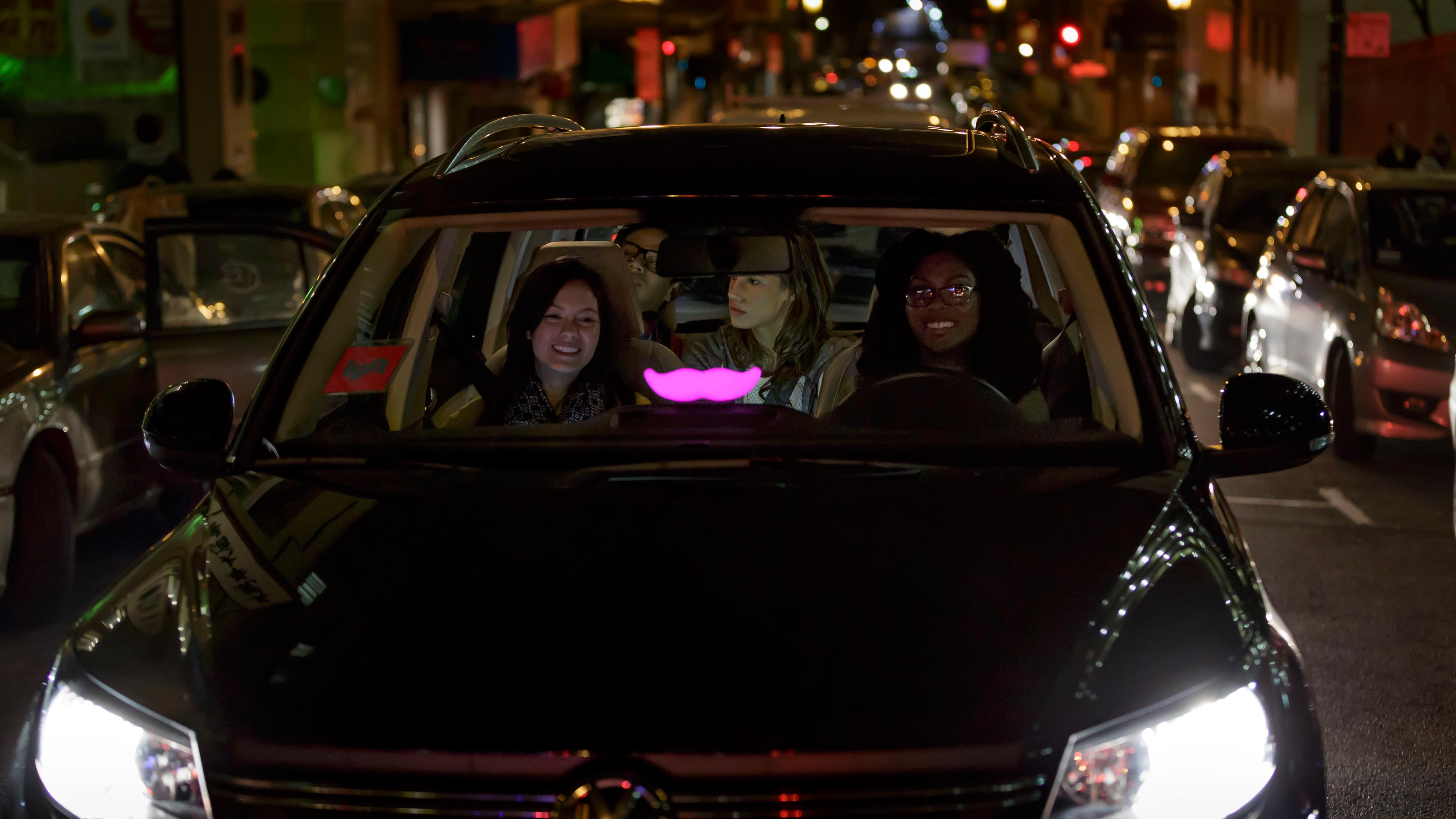
Ohio State public safety offers tips for students looking to use rideshare services. Credit: Courtesy of Lyft
As Claire Brock, a second-year in strategic communications, entered her Uber, the driver immediately asked her to put in her own directions to her destination. She immediately grew uncomfortable and didn’t know her next move.
“I was like, ‘Can you please put it in the GPS?’ but he insisted,” Brock said. “It made me uncomfortable.”
Before getting into his Uber upon returning home from break, R.J. Peacock, a fourth-year in sports industry, instinctively checked the license plate then hopped in the front seat.
“You can never be too safe,” Peacock said.
Ohio State recommends specific rideshare safety tips for students to keep in mind should they choose to utilize non-university rideshare programs, such as Uber or Lyft, in which a student can use their in-app service to call a ride.
These four safety tips include following the rideshare vehicle on GPS (if available), visually confirming vehicle info/description and driver’s name, not riding in the front seat or share your cell phone info, and if you feel unsafe, leaving the area and contacting authorities.
“We encourage everyone to utilize public transportation, such as the CABS bus service or our Safe Ride program,” Dan Hedman, director of marketing and communications of the Office of Administration and Planning, said in an email.
Based on their own experiences, students also have some helpful advice to share.
Following the rideshare vehicle on GPS allows users to feel more in control of their ride, seeing the exact directions of where the driver is taking them –– even if the route is familiar.
“Usually, I’m ridesharing places where I already know the route,” Brock said. “But when I follow the GPS, I know I have the power because I’m telling them where to go.”
After seeing one of her Ubers drive away with the wrong passengers, Amna Rustom, a second-year in strategic communications, stressed the importance of visually confirming the vehicle information/description, especially checking the license plate.
“Even if my friends ordered the Uber, I always do that, I’m always like ‘What’s the license plate number?’” Rustom said.
Students seemed to disagree on one thing: whether to sit in the front seat with the driver.
“If you have to escape, you’re right next to them and they can just grab you,” Rustom said. “When they see you move, like in the back, you can make a quick escape.”
As for Peacock, he said that sitting in the front seat can put users in a position of control.
“I feel like when I sit in the back seat, it’s more of a passive ride; whereas when I sit in the front, it’s more of an active ride. I have more control,” Peacock said.
The convenience of rideshare services makes these safety tips more relevant than ever.
“With stuff being so convenient, we can get to a place of comfortability where we don’t necessarily think about the risks,” Peacock said. “It’s nice to put in that footwork ahead of time to just make sure that you’re being consistently safe, so that you can enjoy the convenience.”


